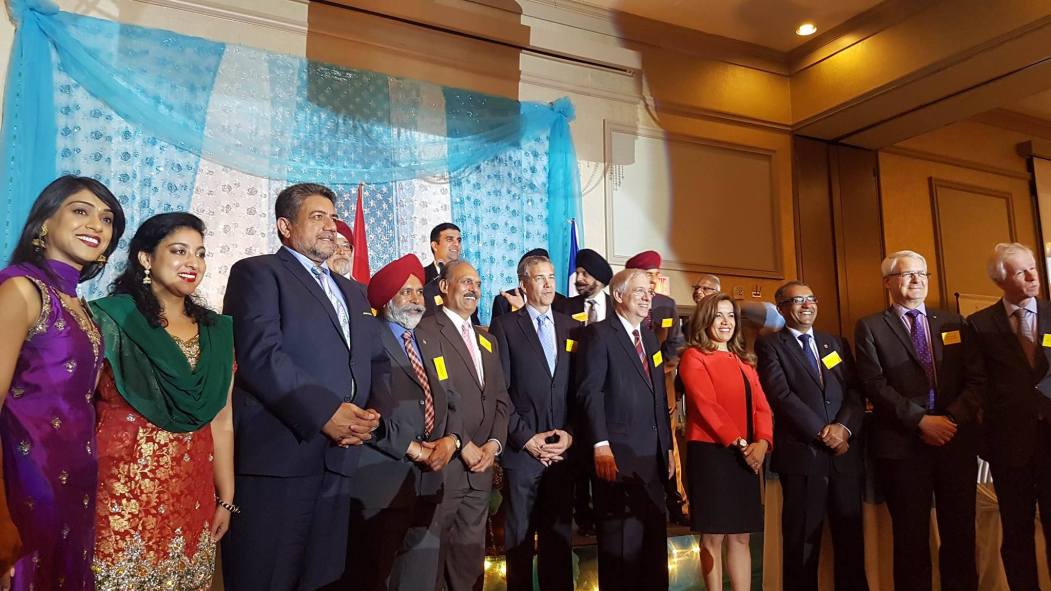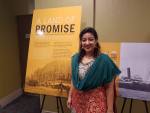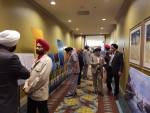Record number of Indo-Canadian MPs honoured

The largest visible minority in Canada increased its presence in Parliament last general election, and the Indo-Canadian Community of Greater Montreal (ICCGM) hopes that headway will inspire the next generation to get involved in government.
The 19 Indo-Canadian MPs will fight for a better Canada every day, Minister of Foreign Affairs, Stéphane Dion, announced to a roaring crowd of 400 in Pointe-Claire Sunday night at a banquet honouring their election.
The historic number is more than double the eight Indo-Canadian MPs appointed last general election, including four cabinet ministers. Dorval-Lachine-LaSalle’s MP, Anju Dhillon, also made history as the first person of South Asian descent to be elected from Quebec.
The feeling of euphoria was almost intangible for Dhillon, who was speechless and smiling.
“[In Quebec] the Indo-Canadian population is building up, so this is a matter of excitement for everybody in the community,” she said.
Model U.N.
The 19 MPs elected was a Canada-wide success, explained Dion. “The fact is they were not only elected by the community but by other Canadians because they are people of great talent. It’s something we need to celebrate in Canada. If you work hard you have an opportunity to succeed, whatever your background your religion,” he said.
People of South Asian descent were the largest reported visible minority group in the 2011 census, accounting for 25 per cent of the total visible minority population, or 4.8 per cent of the population of Canada.
Fighting xenophobia is key for Dion, who thinks that tolerance should never be taken for granted. “Democracy is a work in progress, social justice is a work in progress . . . That’s why I’m in politics. We always have to improve our society, especially in the world of today where xenophobia and mistrust is everywhere.”
Dion sees Saint-Laurent as a small United Nations that can be a model for Canada, and then the world.
Mending ties
The banquet, organised by the Indo-Canadian Community of Greater Montreal (ICCGM) coincided with a very special moment in Indo-Canadian history, told through an exhibit.
In May, Prime Minister Justin Trudeau made an apology in the House of Commons for the Komagata Maru incident, 102 years after 376 immigrants from British India travelled to Canada, only to be turned away by the Canadian government. For two months their ship was anchored in Vancouver while passengers were starving and thirsty, their requests for food ignored.
“Today it’s more difficult to identify with something that transpired over a hundred years ago,” explained Harjeet Bhabra, event organiser. “By apologising you can’t really undo what happened, but at least it’s an acknowledgment that mistakes were made. We can learn from [that] and move forward.”







